Tuli-Manyange dam project takes shape
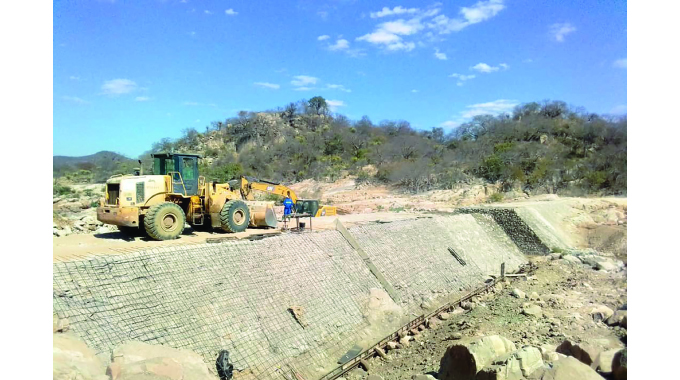
Yoliswa Dube-Moyo, Matabeleland South Bureau Chief
THE construction of Tuli Manyange Dam has commenced in Gwanda District, Matabeleland South, where preliminary works — to be completed by June this year — involving the building of saddle dams are underway in Ntalale area.
Saddle dams are auxiliary dams constructed in low spots or “saddle” through which water held by the dam would otherwise escape.
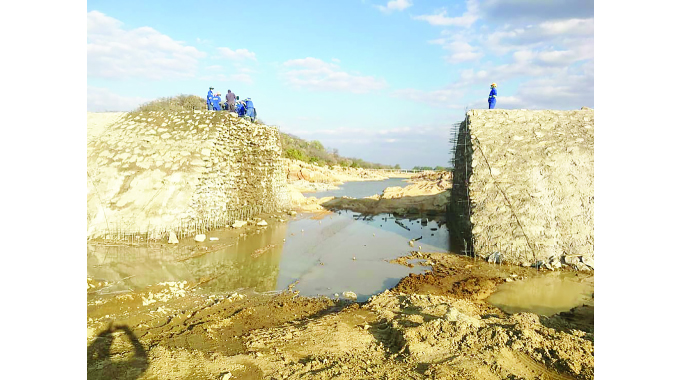
This is a critical process that paves way for the establishment of the foundation to the massive water body, which is expected to transform Gwanda communities in terms of improved access to water and enhanced irrigation development.
Treasury released $43 million last year to expedite the project whose deadline for completion is December next year.
Once complete, the dam, which has a holding capacity of 35 million cubic metres is expected to provide raw water for irrigation purposes, which will boost food security.
“Current works at the dam involve the construction of Saddle Dams 1 and 2, which are expected to be complete by June. Once the saddle dams are complete, work on the foundations of the main dam will commence,” said Mrs Marjorie Munyonga, Zinwa corporate communications and marketing manager.
“The dam, with a capacity of 35 million cubic meters, is being constructed to provide irrigation water for communities in Gwanda and is expected to be completed in December 2023.”
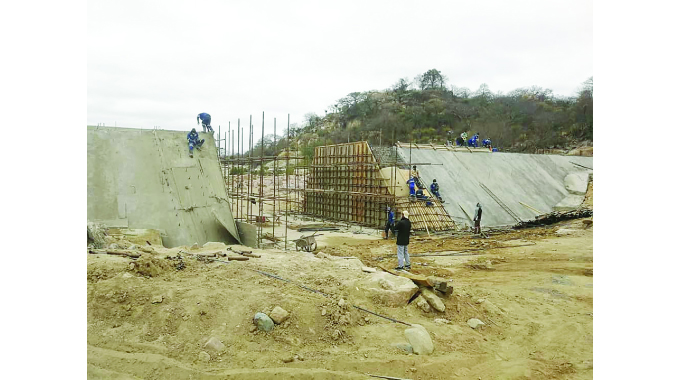
At least 2 000 hectares of land will be put under irrigation once the project is complete and the dam would service Vela, Guyu Business Centre, Ntalale Business Centre, Chelesa Business Centre, Sizhubane Barracks, Manama Mission and Business Centre, Sebasa and Mankonkoni irrigation schemes.
The project is implemented by the Zimbabwe National Water Authority (Zinwa) while China International Water and Electric Corporation (CWE) have been contracted to do civil works.
The project demonstrates Government’s commitment to investing in key water projects around the country with the Second Republic prioritising enhanced community livelihoods.
As such, the construction of new water bodies is expected to support the switch from rain-fed agriculture and help food-insecure communities through provision of water for both irrigation and fisheries.
This is critical for Zimbabwe, which is largely an agriculture-based economy with most of its industrial output back-linking to the sector.
Minister of State for Presidential Affairs responsible for and monitoring and implementation of Government programmes, Dr Joram Gumbo, said the completion of key water bodies was critical to the overall performance of the economy.
“Tuli-Manyange Dam is a very important project in this part of the country, which is characterised by low annual rainfall,” he said.
“The recurrent droughts have eroded the sustenance capability and it is therefore, against this background that the Second Republic has given top priority to rain water harvesting, particularly in this part of the country.
“Upon completion of the dam, about 2 000 hectares have already been portioned for the irrigation scheme and another 3 000 hectares has also been proposed after the local community offered to donate their land.”
Dr Gumbo said among the challenges in the implementation of the Tuli-Manyange Dam were delays in the disbursement of funds and tendering processes.
He, however, said under the Second Republic, Government is stepping up efforts to expedite the completion of legacy projects.
“It’s critical that this project is finished on time.
There are, however, challenges which the contractors are facing such as the disbursement of funds, which are a hindrance to their progress,” said Dr Gumbo.
“The project has to be finished within the stipulated time.
The tendering process is one of the challenges that contractors are facing such that by the time the process is finished there will be a big difference in terms of cost of materials.
“It’s important that disbursement of funds and the tendering are done on time so that such huge projects are not impeded.”
Dr Gumbo said the contractors will also tar the 7km dusty stretch leading to the dam site from the Gwanda-Ntepe Road.
The Tuli-Manyange Dam has a history of unfulfilled promises dating back to the early 1960s when the project was first mooted by the Rhodesian government.
In 2006, the Government awarded the contract for the construction of the dam, but due to financial constraints, the contractor suspended work.
— @Yolisswa

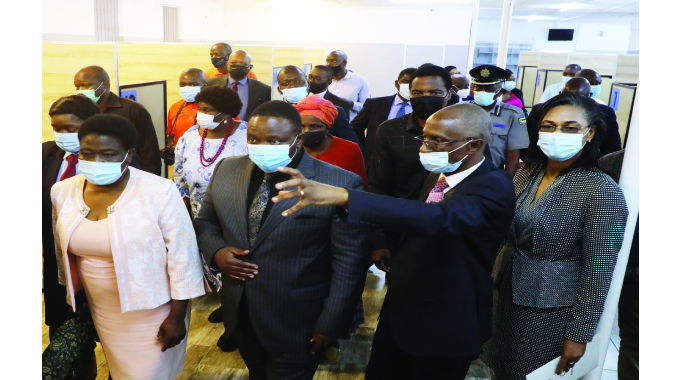


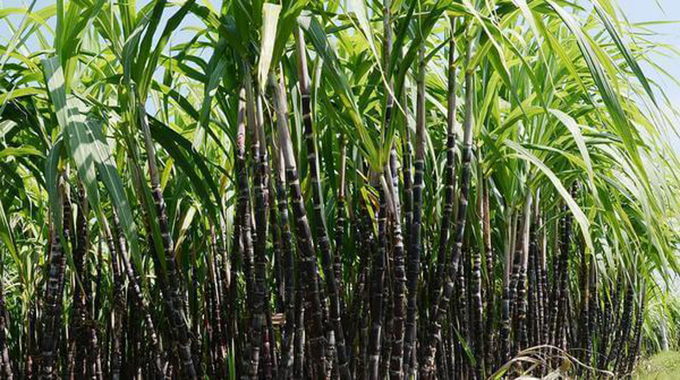







Comments